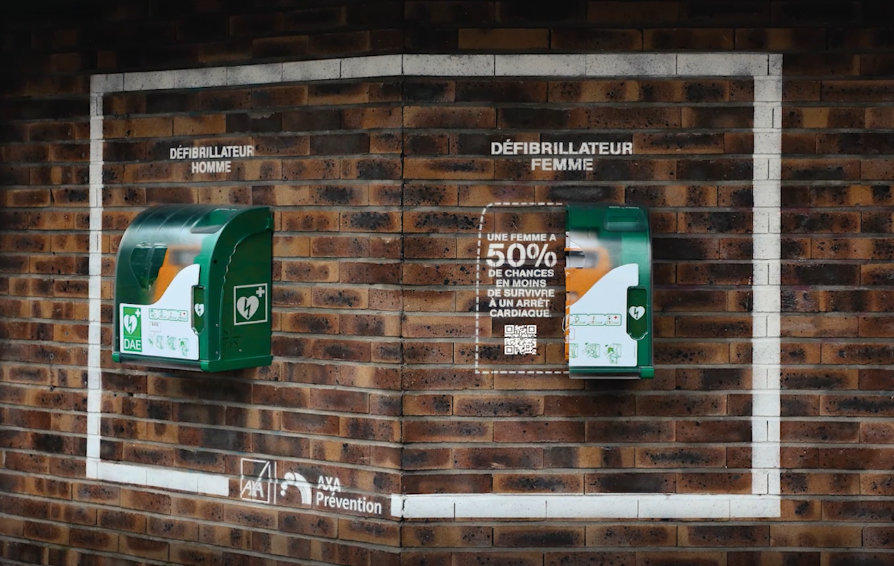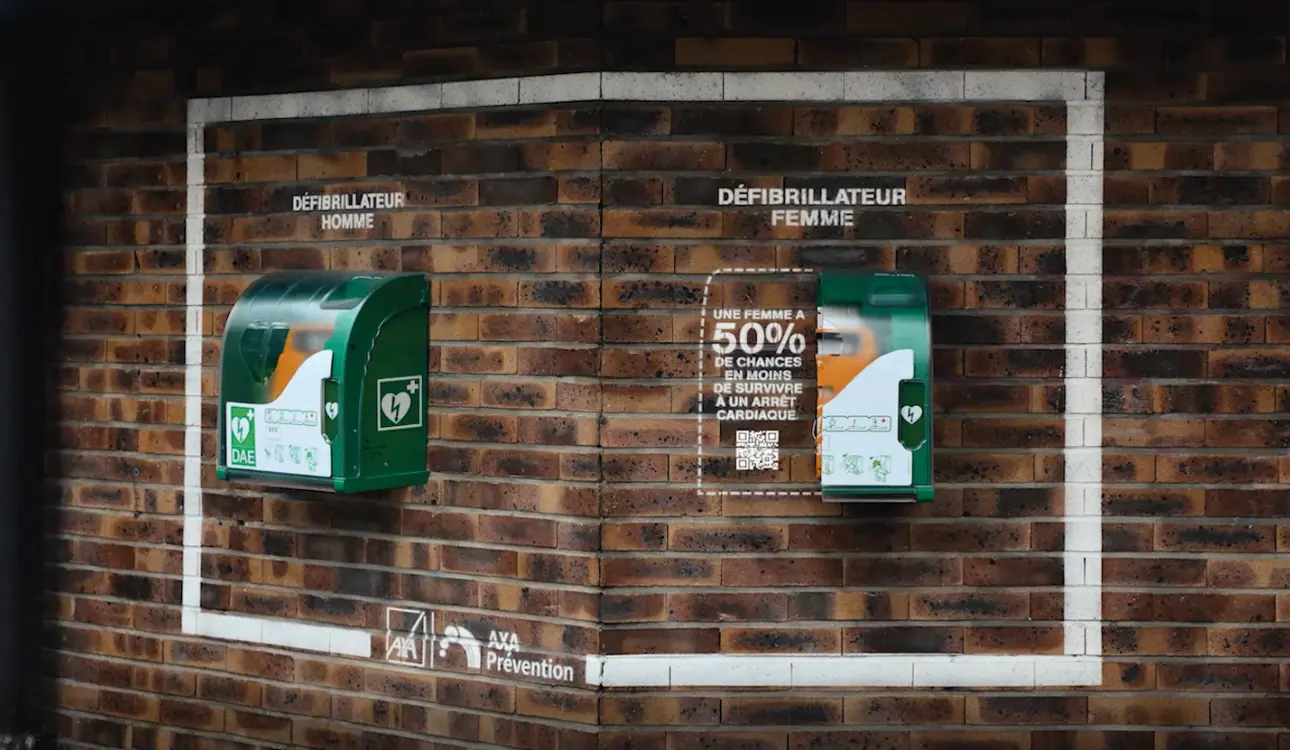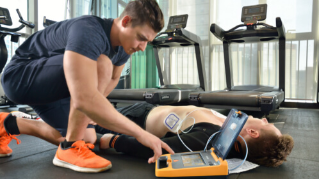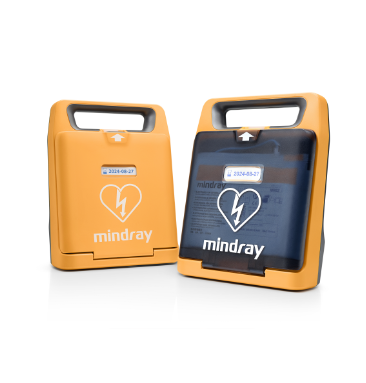An Underscored Gap
Out-of-hospital cardiac arrest (OHCA) remains a leading cause of death worldwide, claiming an estimated minimum of 0.25 million lives annually in Europe alone [1]. While strides have been made in expanding access to resuscitation care and defibrillation for an improved survival rates post-OHCA, the overall survival rate remains low - with less than 8% of individuals surviving.
Women, in particular, face a concerning disparity in survival rates during cardiac emergencies. They are disproportionately underdiagnosed. According to research by the French Society of Cardiology, only 30% of women in France recognize heart attack symptoms, leading to delayed medical intervention and poorer outcomes. In OHCA cases where women represent half of the cases, they have also been found to receive bystander CPR less frequently than men, further widening the gender gap in survival rates.
Statistics showed that in France alone, an alarming 200 women lose their lives to cardiovascular diseases every day [2], solidifying its position as one the leading cause of female mortality in the country. In Paris specifically, cardiovascular diseases account for approximately 25% of all deaths among women [3], underscoring the urgent need for heightened awareness and targeted interventions.
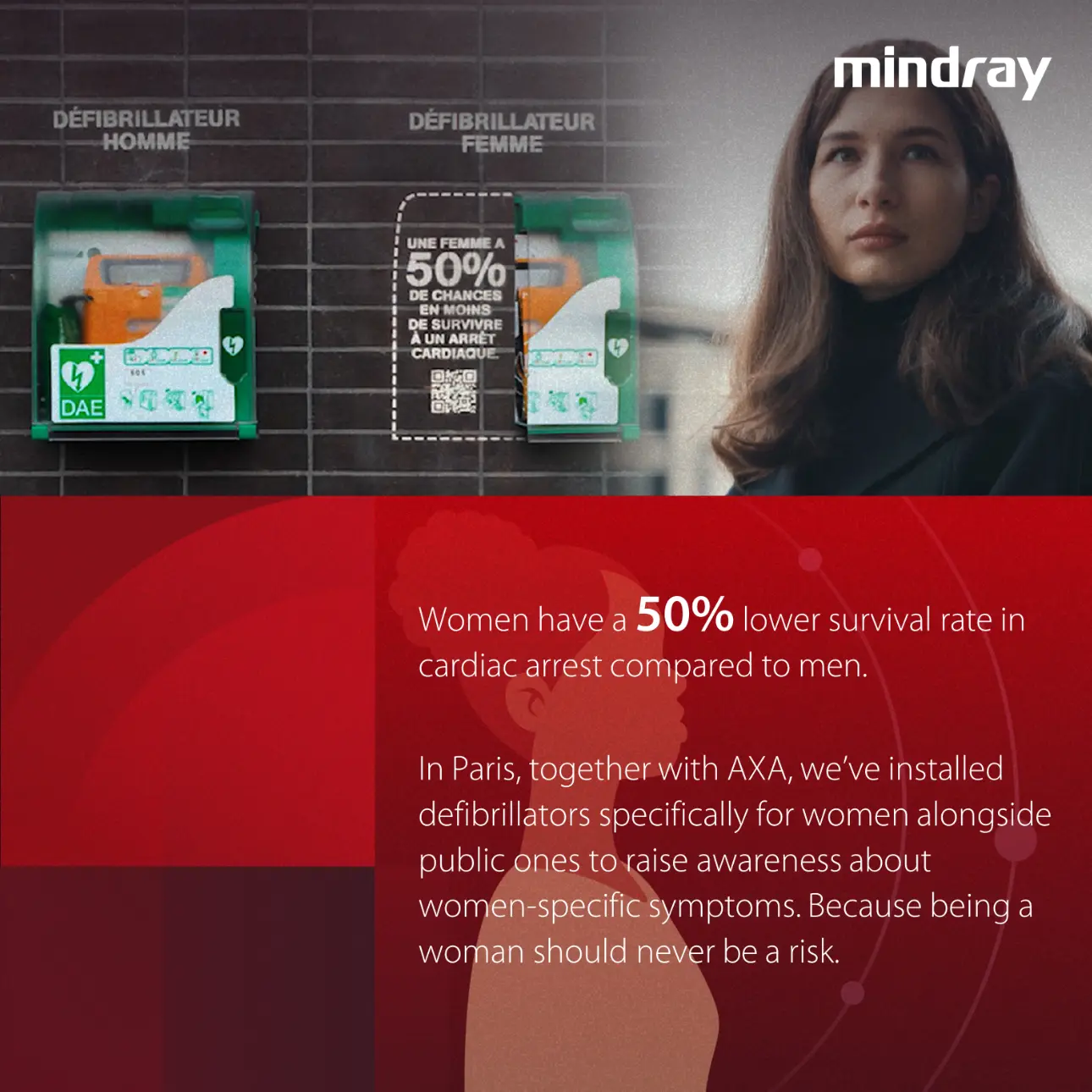
To bridge the gender gap in cardiac survival, our partner AXA Prévention insurance has installed AEDs in Paris that’s dedicated to women. This gesture, as a symbol calling for more attention to women’s heart health, has attracted the attention of many Parisians.
At Mindray, we commit to bridging the gap in cardiac survival rates between genders by ensuring accessibility and promoting awareness for universal access to AED, to ensure those in need have access to proper care.
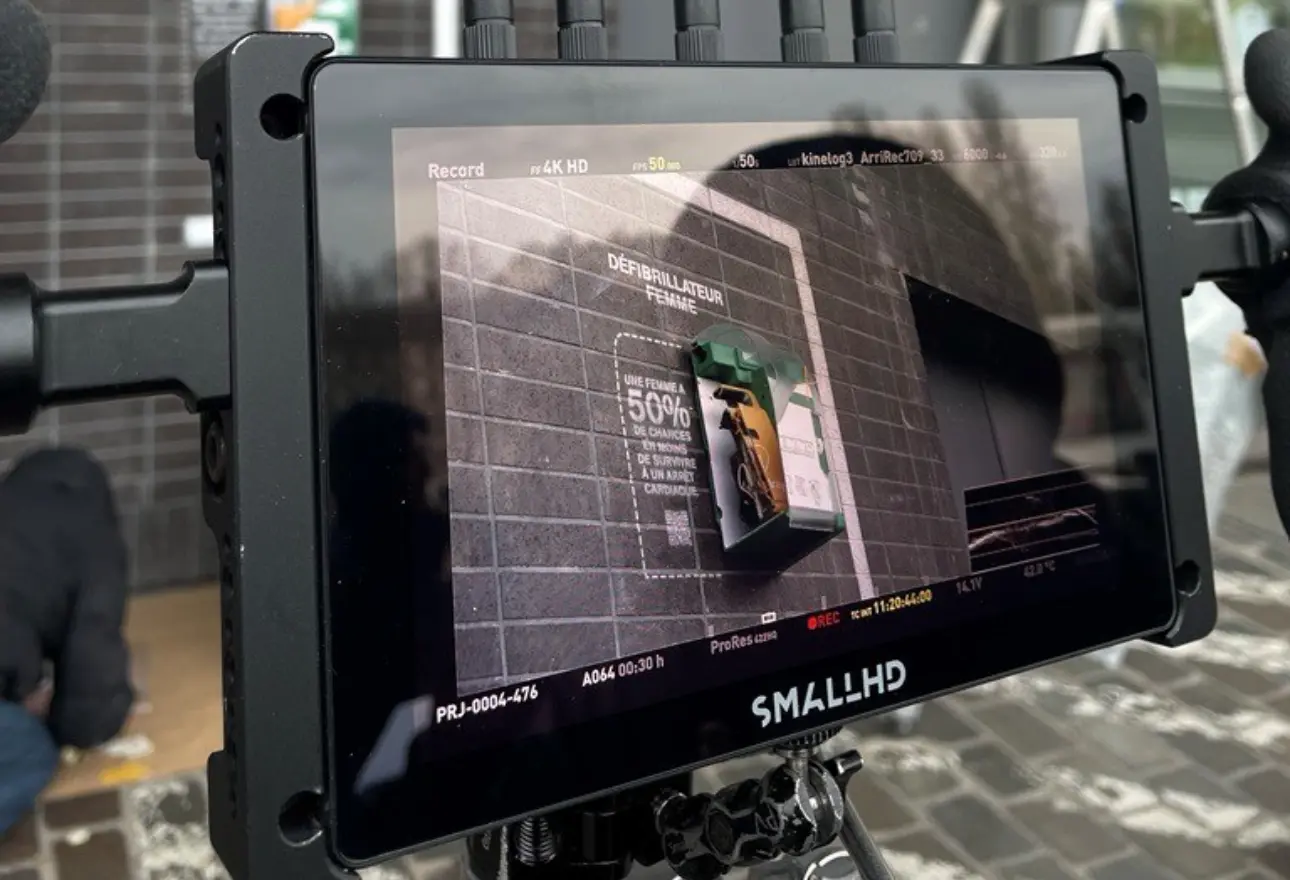
Advancing Public Safety and Cardiac Health
Automated External Defibrillators (AEDs) are one of the most effective treatments for OHCA, delivering an electric shock to the heart to restore a normal rhythm. Their strategic placement in public spaces, workplaces, schools, and communities enables swift responses to cardiac emergencies before professional medical assistance arrives.

In our commitment to public safety and cardiac health, Mindray is proud to be at the forefront of significant regional and national projects, such as the installation of AEDs at all Dutch National Railway Stations in the Netherlands, together with the development and implementation of the country's integrated public-aid network app; in some other parts of the world, we are working with local charities, humanitarian NGOs and government bodies to donate AEDs and provide trainings to local communities, helping to improve local access to AED.
Additionally, we have conducted comprehensive training and education to ensure that the public is equipped with the knowledge and confidence to effectively use Mindray AEDs in emergency situations.

How can individuals help?
This expansion in public AED accessibility is transforming emergency response capabilities, empowering communities to act decisively in critical situations. For every individual, how can we take more proactive action to save lives at risk?
Proper Training:
AED is widely used by general public, to be able to use an AED, you can learn the techniques from national AED training course providers, or learn from YouTube videos. Organizations like St John Ambulance and the British Heart Foundation in UK, or the French Red Cross and Fédération Française de Sauvetage et de Secourisme (FFSS) in France offer CPR and first aid courses regularly. By participating in these courses, you can gain the knowledge and skills needed to effectively respond to cardiac emergencies, and even certificates to increase your comfort and level of confidence.
Voluntary help:
To ensure a more proactive and systemic volunteer support system, consider joining volunteer organizations dedicated to cardiac health and emergency response.
Technological advancements such as the GoodSAM App facilitate the voluntary response of trained paramedics to emergencies within their communities, thus bolstering the emergency response infrastructure. Initiatives like CPR and first aid courses, offered by various esteemed organizations, play an indispensable role in equipping the public with vital life-saving skills.
By volunteering your time to take a training and utilizing online resources like the GoodSAM App or simply utilize your skill in a local voluntary group, you can contribute to creating a safer and healthier community for everyone.
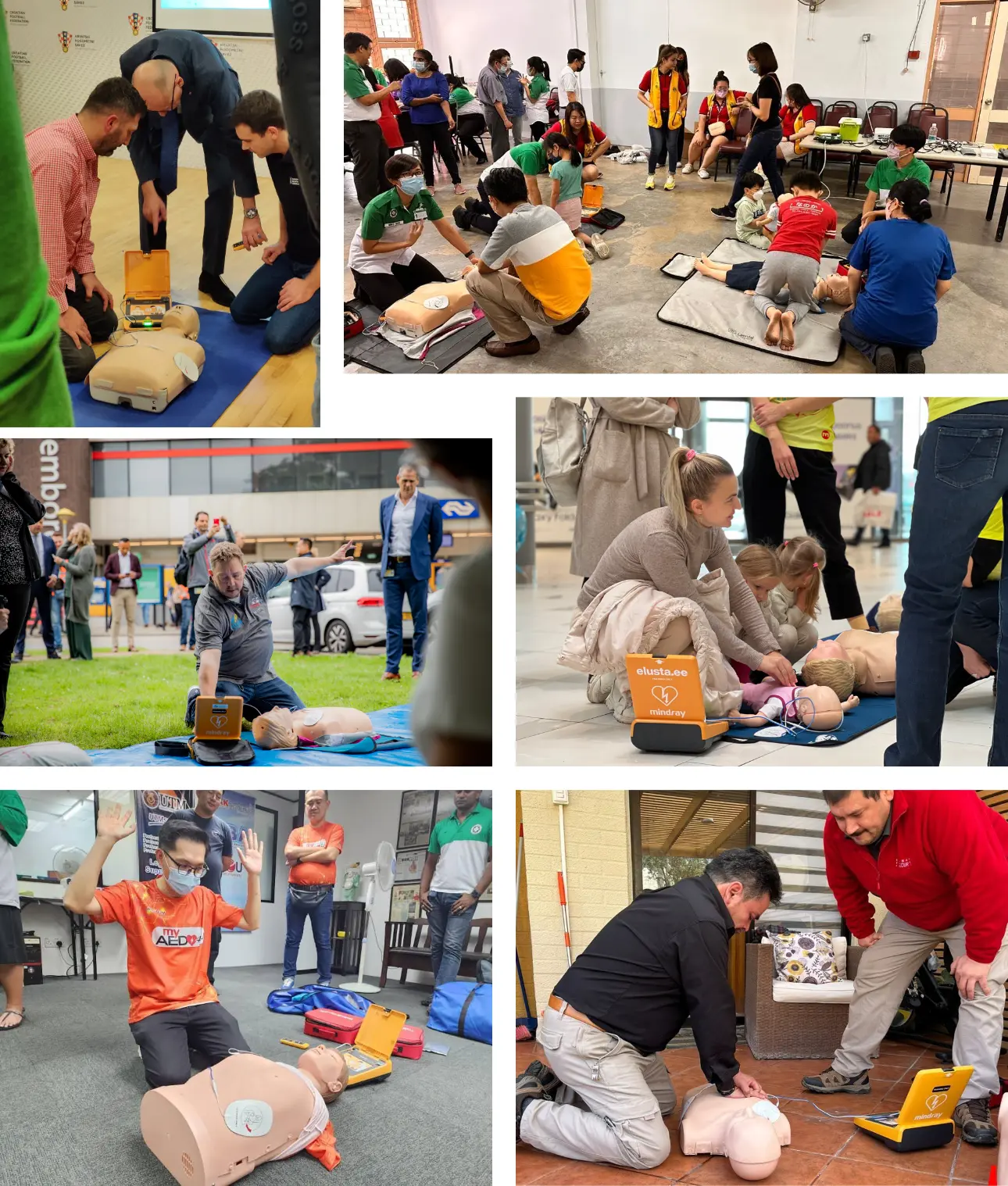
As we approach the upcoming International Women's Day, let us all stay committed to empowering women's health. Through collaborative efforts and innovative solutions, we can strive towards a future where gender no longer dictates survival outcomes in cardiac emergencies. Together, we forge ahead towards a better healthcare for all.
Reference
[1] Empana, Jean-Philippe, et al. "Incidence of sudden cardiac death in the European Union." Journal of the American College of Cardiology 79.18 (2022): 1818-1827.
[2] "World Heart Report 2023. Confronting the World’s Nubber One Killer". World Heart Federation. (2023)
[3] Anne-laure Pineau "Chaque jour en France, 200 femmes décèdent de maladies cardiovasculaires : à quand un plan national consacré au cœur ? " Madame Figaro Journal (2023).
